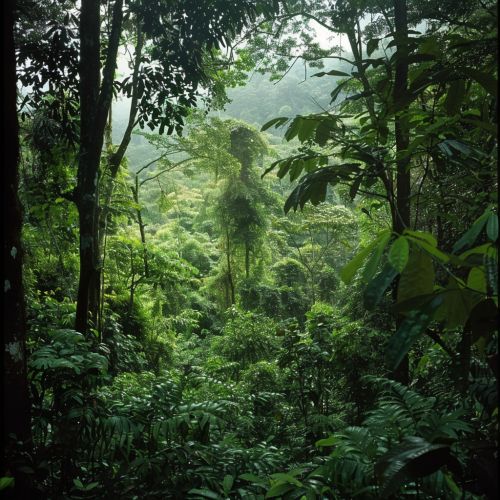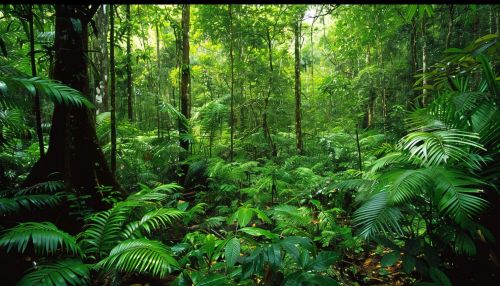Community Ecology
Introduction
Community ecology is a subfield of ecology that studies the interactions between species within a particular area or ecosystem. These interactions can be both direct and indirect, and can have significant effects on population dynamics, species distribution, and community structure.
Definition and Scope
Community ecology is defined as the study of the interactions among species within a community on many spatial and temporal scales, including the distribution, structure, abundance, demography, and interactions between species. A community is defined as a group of species that coexist and interact within a particular geographical area. The scope of community ecology extends from the study of microorganisms and their interactions to the study of the largest global ecosystems.
History and Development
The field of community ecology has its roots in the early 20th century with the work of ecologists such as Arthur Tansley and Frederic Clements. These early ecologists were interested in the interactions between species and their environment, and how these interactions shaped community structure and dynamics.


Key Concepts
Species Interactions
One of the fundamental concepts in community ecology is the interaction between species. These interactions can be categorized into several types, including competition, predation, mutualism, and commensalism.
Competition
Competition occurs when two or more species use the same limited resource. This can result in a decrease in the population size of one or both species.
Predation
Predation is an interaction where one species, the predator, kills and consumes another species, the prey. This interaction can have significant effects on the population dynamics of both predator and prey species.
Mutualism
Mutualism is an interaction where both species benefit. This can include interactions such as pollination, where a pollinator species benefits from the nectar provided by a plant species, and the plant benefits from the transfer of pollen.
Commensalism
Commensalism is an interaction where one species benefits and the other is unaffected. An example of this is a bird nesting in a tree; the bird benefits from the shelter provided by the tree, but the tree is largely unaffected by the bird's presence.
Community Structure
Community structure refers to the organization of a community based on the species present and their relative abundances. This can be influenced by factors such as resource availability, disturbance, and species interactions.
Succession
Succession is the process of change in the species structure of an ecological community over time. This can occur as a result of disturbance, such as a fire or flood, or through the process of species colonization and extinction.
Methods and Techniques
Community ecologists use a variety of methods and techniques to study communities. These can include field observations, experiments, and mathematical models.
Field Observations
Field observations involve the direct observation and recording of species and their interactions in their natural environment. This can include methods such as transect surveys, where a line is drawn through a community and all species along that line are recorded.
Experiments
Experiments in community ecology can involve manipulating one or more factors in a community to observe the effects on species interactions and community structure. This can include manipulations such as the removal or addition of a particular species, or changes in resource availability.
Mathematical Models
Mathematical models are used in community ecology to predict the outcomes of species interactions and changes in community structure. These models can be based on equations that describe the population dynamics of species, or on more complex simulations that incorporate multiple factors and interactions.
Applications and Importance
Community ecology has many important applications, from conservation biology to ecosystem management. By understanding the interactions between species and the factors that influence community structure, ecologists can predict the effects of changes such as species loss or invasion, habitat destruction, and climate change. This can inform strategies for conservation and management, and help to preserve biodiversity and ecosystem function.
